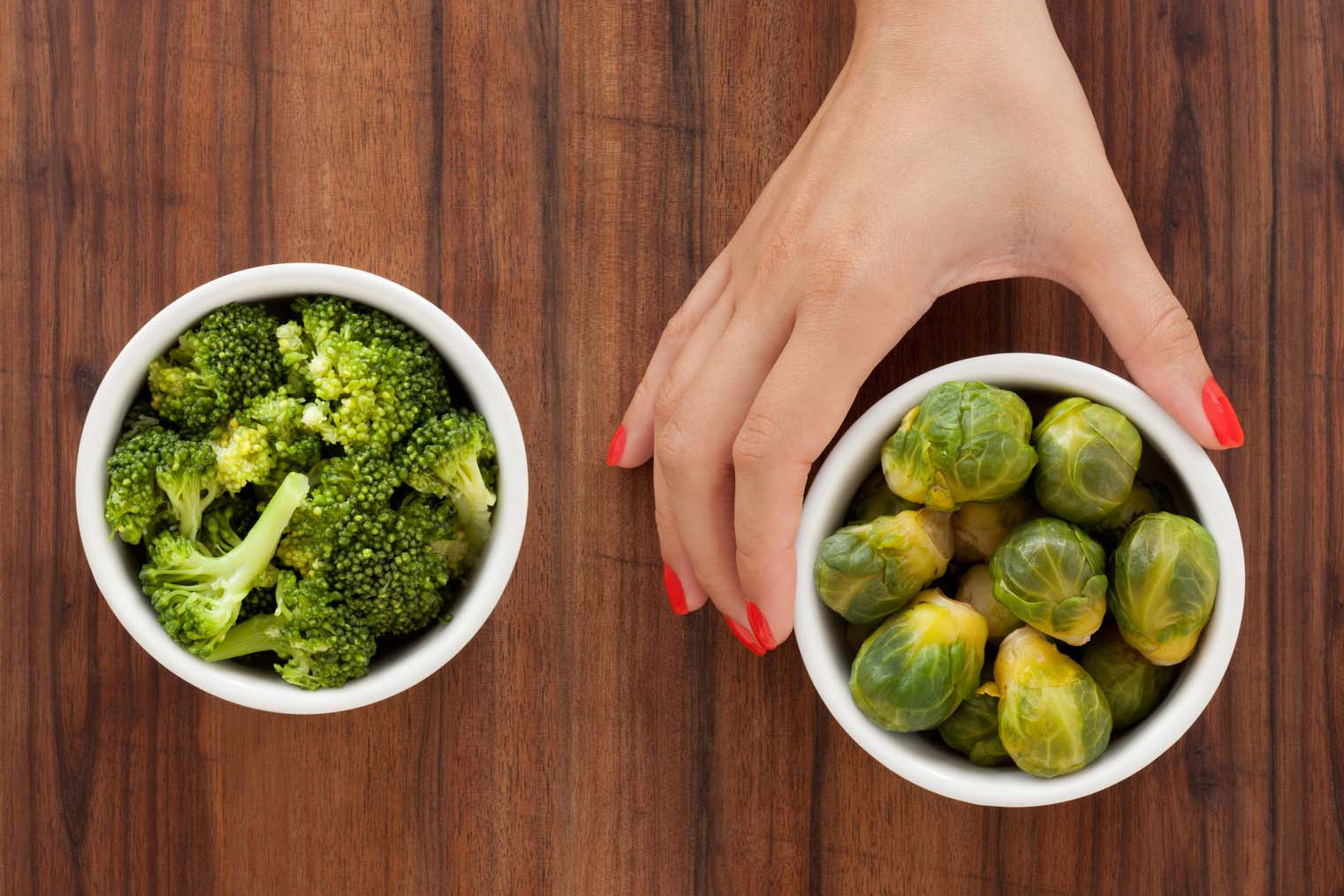Health Capsule
Veggie Eating Boosted By Tasty Names

Everyone knows they should eat more vegetables. But only about 10% of Americans eat the recommended number of veggies per day. A recent study found that tasty descriptions can encourage people to make healthier choices.
Researchers tested whether food labels on vegetables served in dining halls affected college students’ food choices. They tested three types of labels at five universities across the country: tasty, healthy, or basic.
Tasty labels used words linked to excitement, indulgence, tradition, or geographic locations. They included names like “Herb n’ Honey Balsamic Glazed Turnips” and “Sizzlin’ Szechuan Green Beans.”
Healthy labels used names like “Healthy Choice Turnips” or “Nutritious Green Beans.” Basic labels read “Turnips” or “Green Beans.” The dishes were the same every time. Only the labels changed.
Students were more likely to choose the veggies with tasty sounding names. They chose them 14% more than those with basic labels and 29% more than those with healthy labels. Students even ate 39% more of the “tasty” sounding veggies than the “heathy” veggies.
“This is radically different from our current cultural approach to healthy eating which, by focusing on health to the neglect of taste, inadvertently instills the mindset that healthy eating is tasteless and depriving,” says Dr. Alia Crum at Stanford University, who led the study.
Find the researchers’ online toolkit to create taste-focused labels.
NIH Office of Communications and Public Liaison
Health and Science Publications Branch
Building 31, Room 5B52
Bethesda, MD 20892-2094
Contact Us:
nihnewsinhealth@od.nih.gov
Phone: 301-451-8224
Share Our Materials: Reprint our articles and illustrations in your own publication. Our material is not copyrighted. Please acknowledge NIH News in Health as the source and send us a copy.
For more consumer health news and information, visit health.nih.gov.
For wellness toolkits, visit www.nih.gov/wellnesstoolkits.




